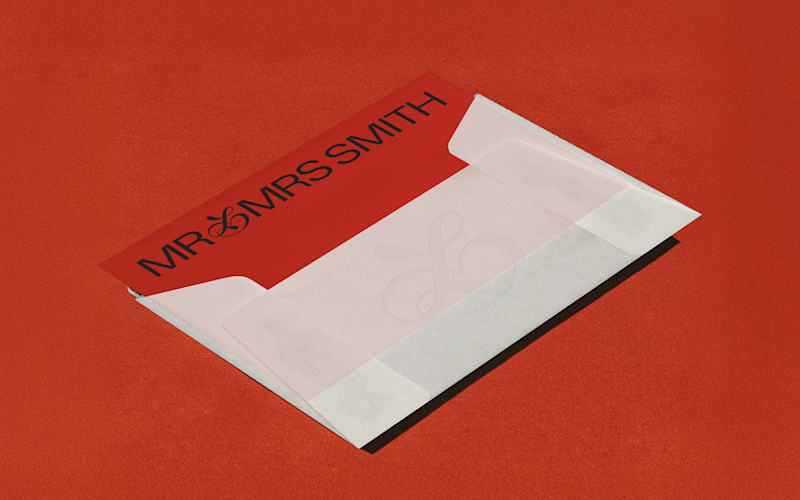Warning: you might find yourself absentmindedly licking your computer screen as you continue reading. Don’t be embarrassed: how else would a sane person react to tales of succulent southern rock lobster, creamy cheeses, lavender ice-cream, native plums, the world’s best honey (and the booze it features in), fat oysters, cherries as big as golf balls, and wine that’s worth boarding a plane for?
We’ve teamed up with our friends at South Australia to put this delicious state on your plate. It’s not our fault if you get fat, or come home with a hangover. One thing you should expect, though, is bewildering diversity. Take the capital, Adelaide. Here, you’ll find Serbian meat platters, South African braai, Mediterranean pintxos and pizza, Asian street-food and indigenous flavours, all within walking distance of each other. Don’t even think about going to bed early, thanks to the city’s vibrant new laneway bars – watch your back, Sydney and Melbourne – and nifty dessert bars, which pair cakes with cocktails.
Discovering South Australia is a multi-course feast. You’ll need to save room for the coastal restaurants (seafood, ahoy), the historic cellar doors, the fancy fine dining, the wine regions, the farmers’ markets and the food festivals. Even the roadside stalls champion what’s growing in the surrounding fields. Whatever you do, you won’t go hungry.










